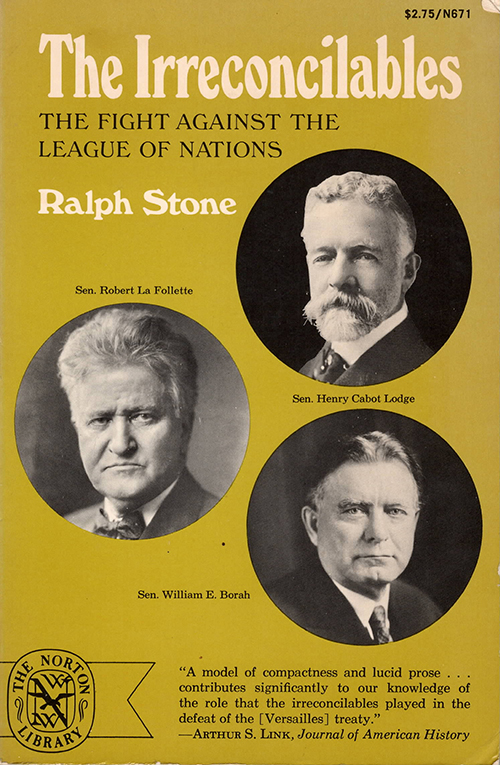Unless you want to be spoiled, don’t read these musings until you’ve seen Guillermo del Toro’s Frankenstein.
This memorandum contains spoilers.
With the possible exception of Kenneth Branagh’s Frankenstein (1994), Guillermo del Toro’s Frankenstein is the closest movie to Mary Shelley’s novel than any of the other Frankenstein films.*
The “Frankenstein” 2011 play (performed with Benedict Cumberbatch and Jonny Lee Miller, switching between Victor Frankenstein and his “creature”) follows the Shelley novel more closely than either film.
However, that’s a play that was filmed, not a movie.
Essentially, Branagh brought into his story the creation of a female “creature,” and got further away from the original story.
On the other hand, del Toro brought in an additional character (Harlander), plus he changed the main female character Elizabeth.
(Harlander fills in partly for the Henry Clerval character (in the novel); however, while Clerval was the voice of love and sanity, Harlander portrays a purely materialistic point of view.)
Del Toro’s mysterious Elizabeth becomes the only idealistic figure in the del Toro film, but her motivations are unclear.
I loved the del Toro film.
However, it didn’t hit me in the gut as much as my two favorite del Toro films, Pan’s Labyrinth and The Shape of Water.
I didn’t identify with Elizabeth in Frankenstein, as I identified with Ofelia in Pan’s Labyrinth, or Elisa in The Shape of Water.
Instead, if I identified with anyone, it was with the creature.
Perhaps, Frankenstein is more a man’s film, than a woman’s film.
It’s mainly about two males, their relationships with their father-figures, and a battle against materialism.
It's also more of an action film.
Certainly, del Toro’s creature (Jacob Elordi) is more of a “superman” than Branagh’s creature (Robert De Niro), or the Universal Frankenstein (Boris Karloff), was.
The skin of del Toro’s creature heals miraculously after being shot.
He “dies,” and then recovers, at least twice.
He seems to have the strength of fifty men.
Guillermo del Toro’s Frankenstein differs from Mary Shelley’s novel, in that Victor Frankenstein’s father (Charles Dance) is a benign presence in the novel, but a malignant presence in the film.
In the novel, Victor’s father is not interested in science, and is a loving mate to his wife.
In the film, however, his father is a physician obsessed with his career.
Another older “father” figure (Harlander, played by Christoph Waltz) is invented for the film, in order to provide funds for Victor’s experiments, and to portray the purely materialistic viewpoint.
Was Victor (Oscar Isaac) a “bad father” to his creation because he was badly parented by the males in his life?
The creature is lucky enough to find a more caring father (than Victor had), in the person of the blind man (David Bradley) in the forest.
Learning from the blind man is how the creature begins to communicate with others, and to say more than the two words “Victor” and “Elizabeth.”
In terms of looks, the creature resembles what Mary Shelley described in her novel, and the work of artist Bernie Wrightson (who del Toro thanks in the end credits).
Wrightson (1948-2017), one of the creators of “Swamp Thing,” drew the creature in his 1983 “Frankenstein” graphic novel.
The Wrightson drawings make the creature look a bit more cadaver-like, than the film does.
Another significant difference between the book and the film is the character of Elizabeth.
In Shelley’s novel, Elizabeth is a foster sister who Victor grew up with.
(In the novel, Victor describes his adopted sister Elizabeth as “the beautiful and adored companion of all my occupations and my pleasures.”)
In del Toro’s film, Elizabeth (Mia Goth) is a wealthy stranger betrothed to Victor’s younger brother (William, played by Felix Kammerer), plus she’s Harlander’s niece.
Unlike the Elizabeth in the novel, del Toro’s Elizabeth is enraptured by the strangeness of Victor’s creature as soon as she sees him.
Her attraction to the creature brings up memories of Elisa’s fascination with the amphibian man in The Shape of Water.
I didn’t realize (until I read the end credits), that Mia Goth played both Victor’s mother Claire (in a dark wig), and Elizabeth (in a red wig).
Mia Goth is quite different in the two roles.
As Claire, she’s a fragile woman, devoted to her son, and afraid of her husband.
As Elizabeth, she’s a much more exotic female, newly released from a convent, independent, and (although she’s religious) very interested in the sciences.
Although del Toro’s creature is as full of rage as Shelley’s creature in the novel, he does not kill except to defend himself.
He doesn’t commit the sin of raping or killing Elizabeth.
He doesn’t kill an innocent child.
He doesn’t plant evidence (a necklace) pointing toward another killer for a murder that he committed. He does cause Victor Frankenstein’s death, but (at the end of the film), he’s as filled with remorse, as the creature is in Mary Shelley’s novel.
After all, Victor is the creature’s foster father.
*I’ve also written about Roger Corman’s Frankenstein film, in three memorandums: “Must Knowledge Lead to Progress? Part I,” “Must Knowledge Lead to Progress? Part 2,” and “Losing a Dime Making a ‘Message’ Film.”




















































